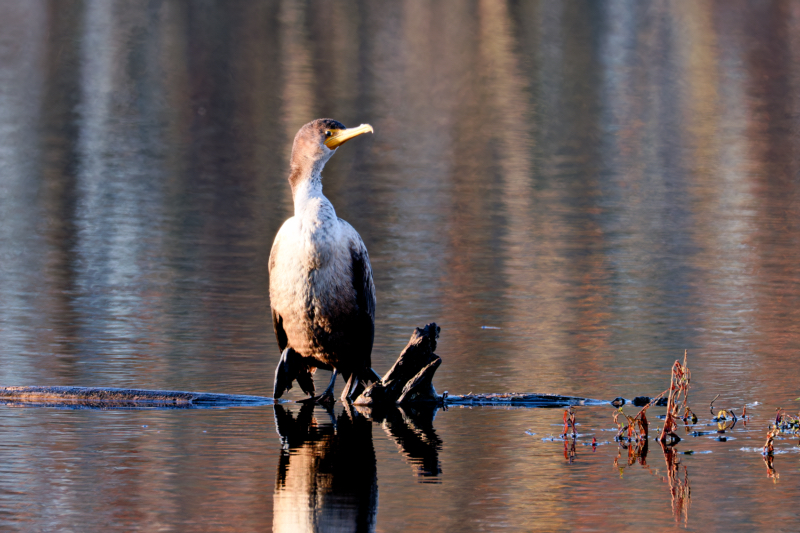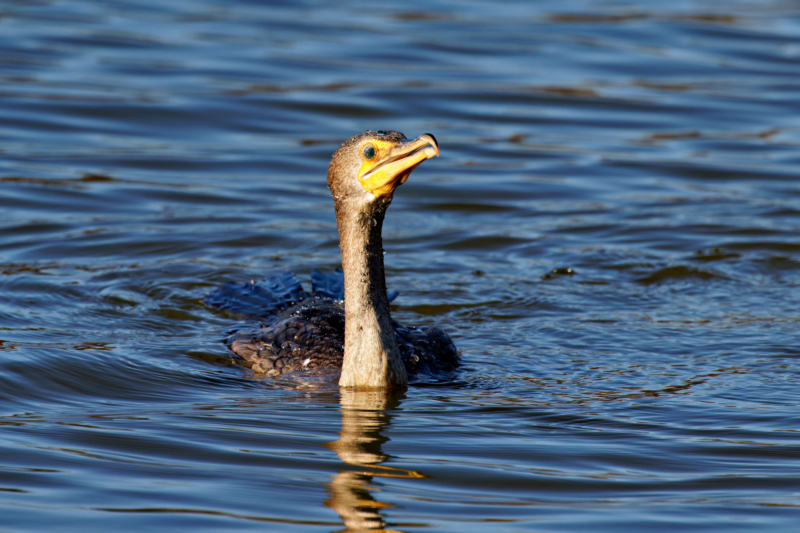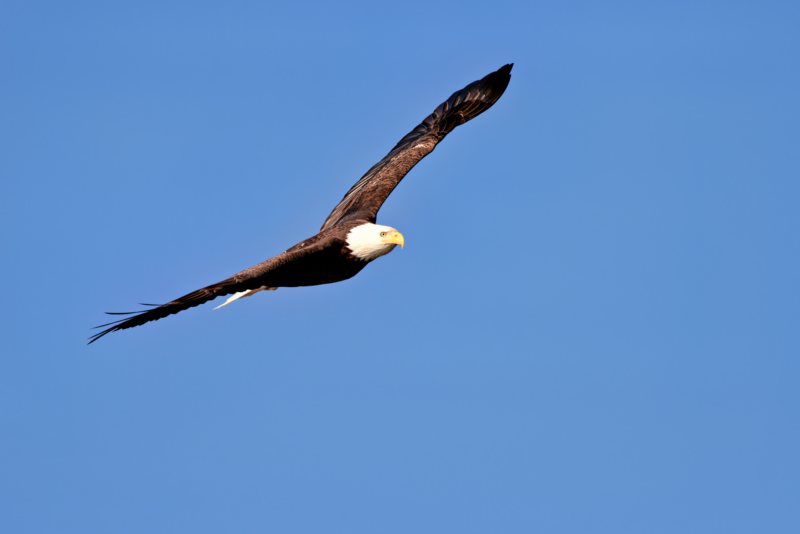Have you ever witnessed nature doing something that left you scratching your head? I recently did, and it involved none other than the Double-crested Cormorant, a fascinating black bird known for its diving prowess and impressive fishing skills.
Over several days, I observed these Cormorants exhibiting a rather curious behavior. They would dive underwater, emerge triumphant with a sizable fish in their beaks, only to…release it back into the water! No fight, no struggle, just a gentle “plop” and the fish swam away unharmed.

This wasn’t a one-time event. Different Cormorants, alone and undisturbed, repeated this perplexing act. Why on earth would they catch a meal, only to let it go? The winter setting and absence of chicks added another layer of intrigue.
To unravel this avian mystery, I delved into the realm of possible explanations. Here are a few theories that could explain the Cormorants’ curious catch-and-release routine:
- Winter Woes and Energy Conservation: During the harsher winter months, conserving energy is paramount for Cormorants. Catching a large fish might require significant effort, but if its nutritional value isn’t high enough or it’s difficult to digest (think: bony or spiny), consuming it might not be worth the investment. Releasing the fish and focusing on smaller, easier-to-digest prey could be a more efficient strategy to maintain their precious energy reserves.

- Cold Water Blues: Colder water temperatures can affect a Cormorant’s physiology, potentially making it harder for them to swallow large or bulky prey. They might catch these fish instinctively but then find it physically challenging to consume them comfortably in the chilly water.

- The Bald Eagle Factor: Ah, the majestic Bald Eagle, a potential predator of cormorants. Their presence nearby could have influenced the Cormorants’ behavior. Catching and holding a large fish might be seen as a vulnerability, attracting unwanted attention from the keen eyes above. Releasing the fish and focusing on smaller prey could be a way to minimize the risk of becoming prey themselves.

These are just some of the possibilities that could explain the Cormorant’s puzzling behavior. The truth might lie in a combination of these factors, or perhaps there’s an entirely different explanation waiting to be discovered.
The beauty of nature lies in its endless mysteries. This encounter with the catch-and-release cormorants reminds us to observe the world around us with curiosity and an open mind. By sharing our observations and collaborating with others, we can unravel these mysteries and gain a deeper understanding of the fascinating creatures that share our planet.
So the next time you find yourself wondering about the secrets of the wild, remember: sometimes, the most captivating stories are written in the language of nature, waiting to be deciphered by curious minds.

Fascinating.